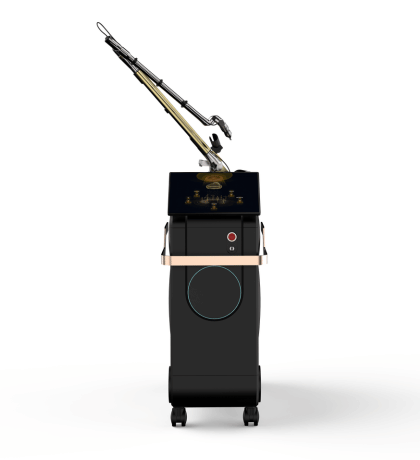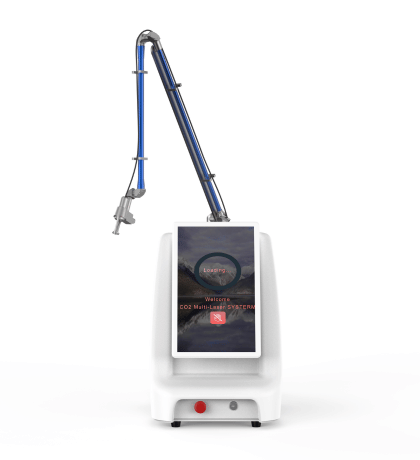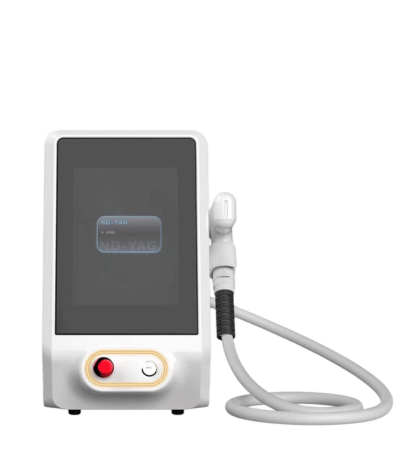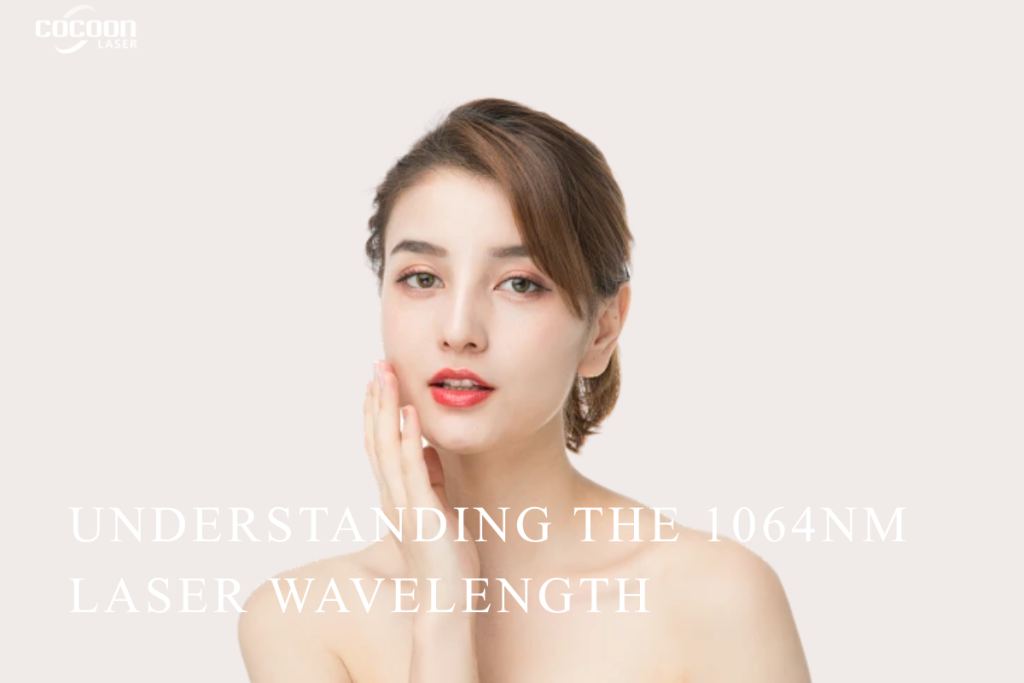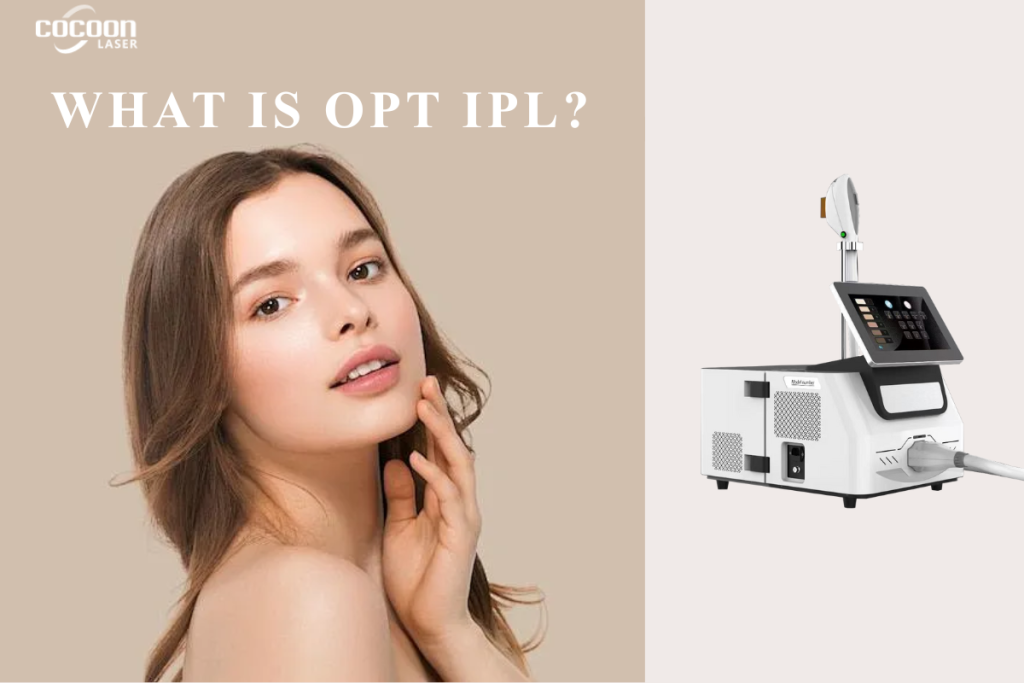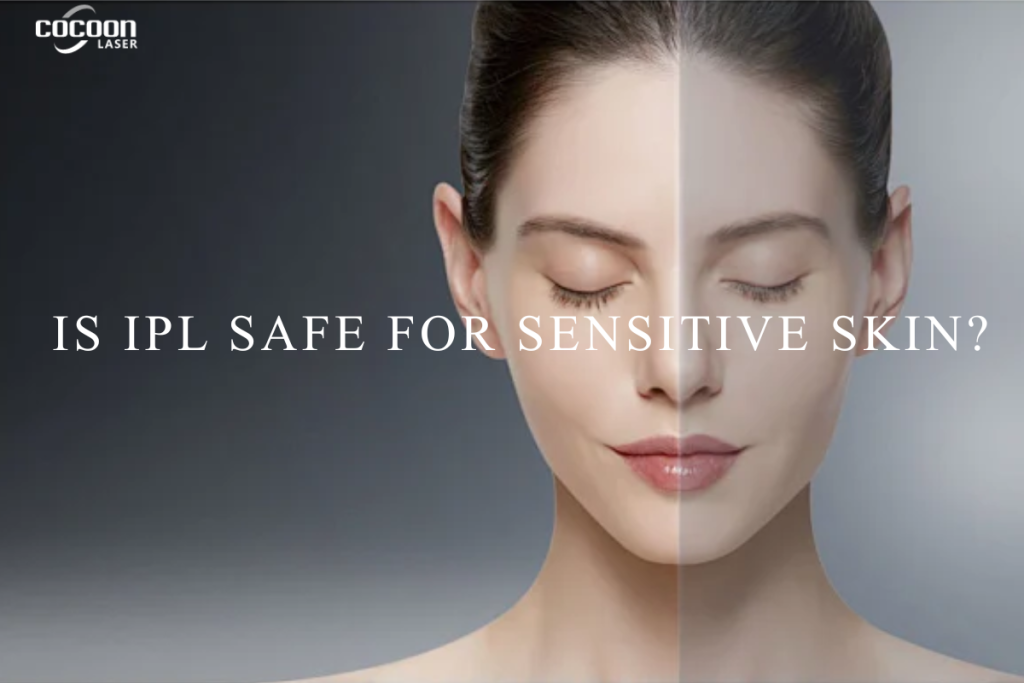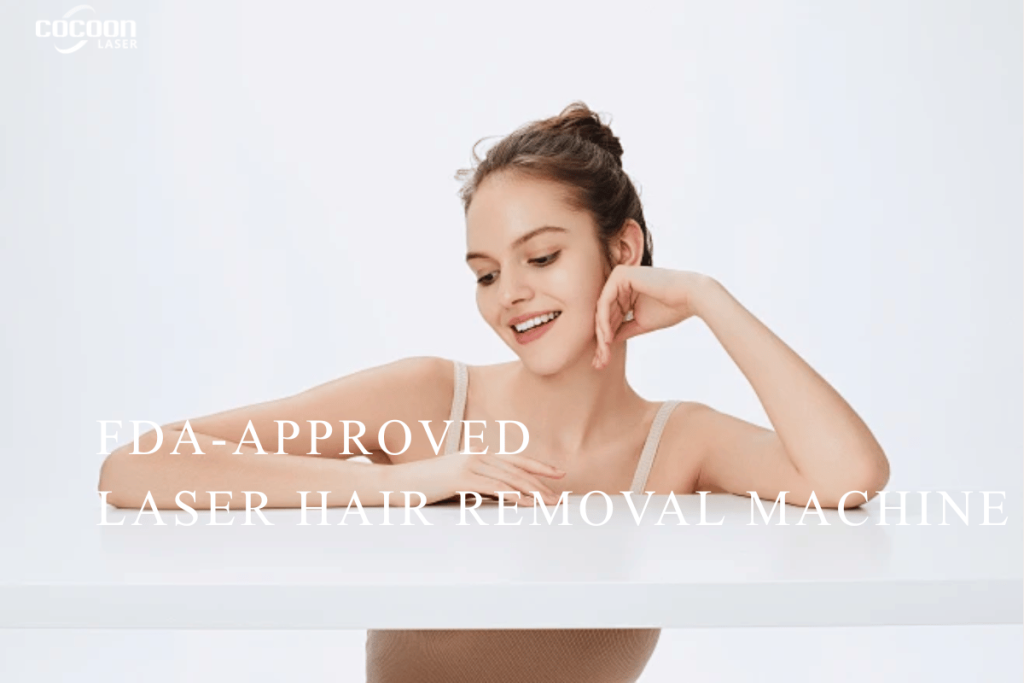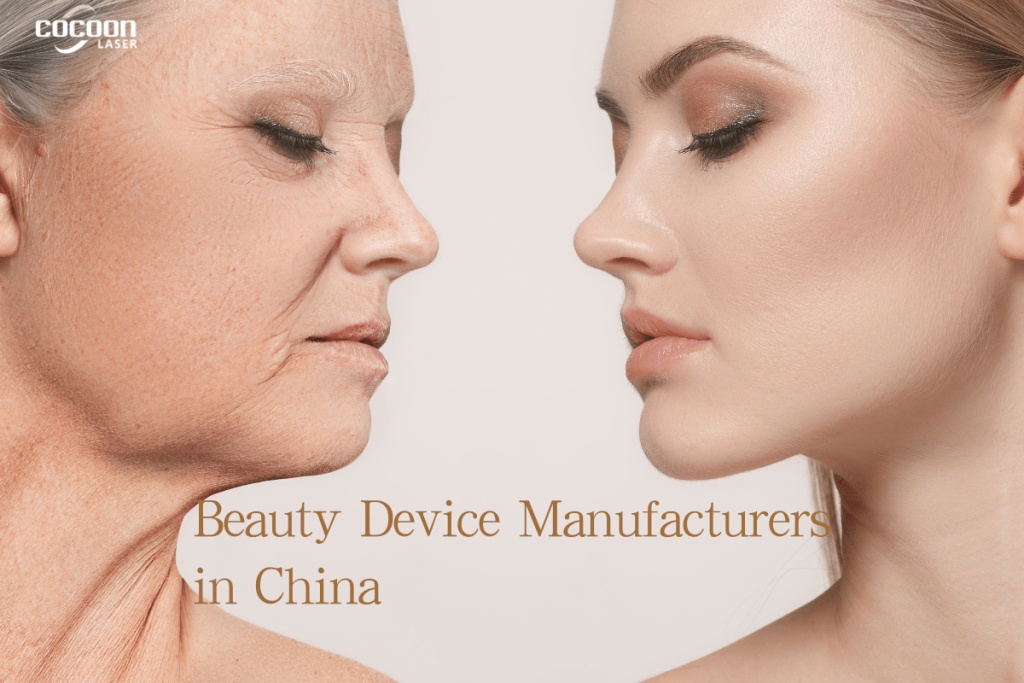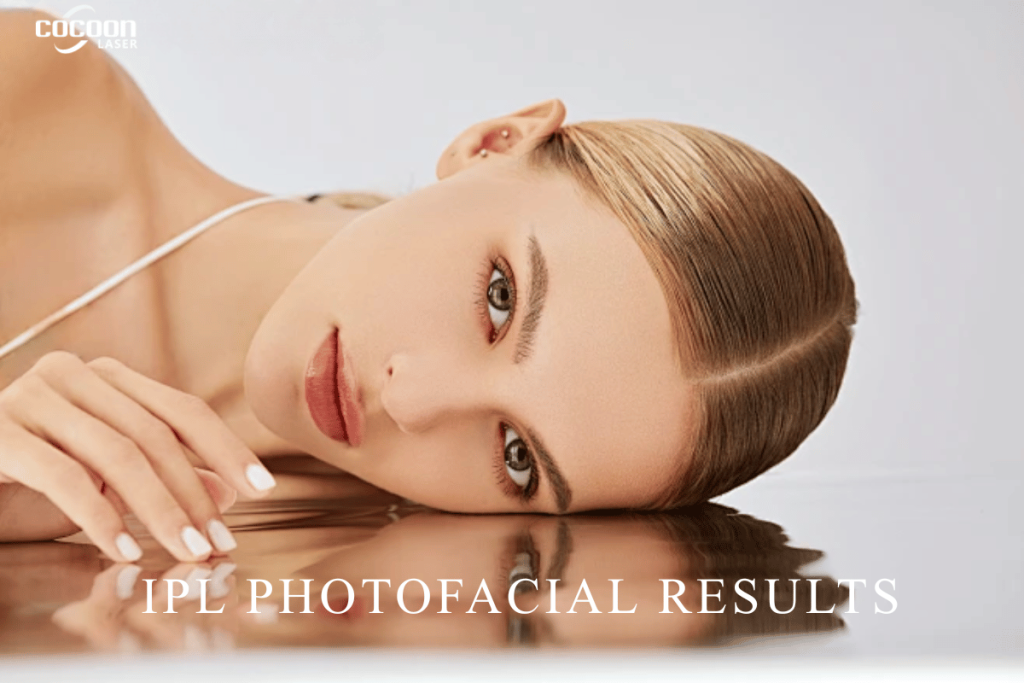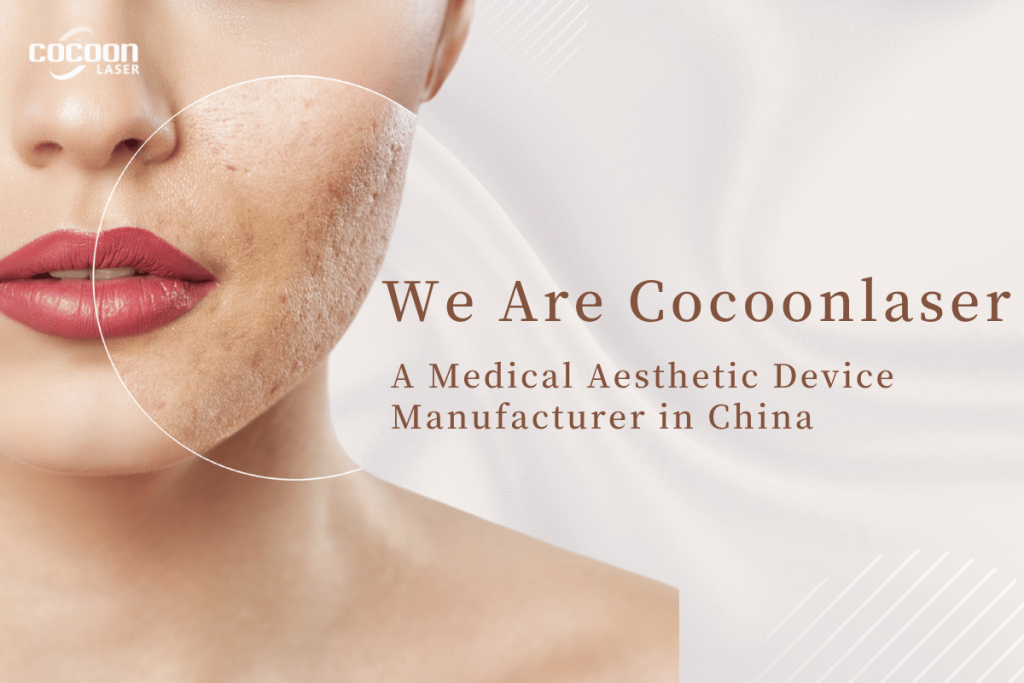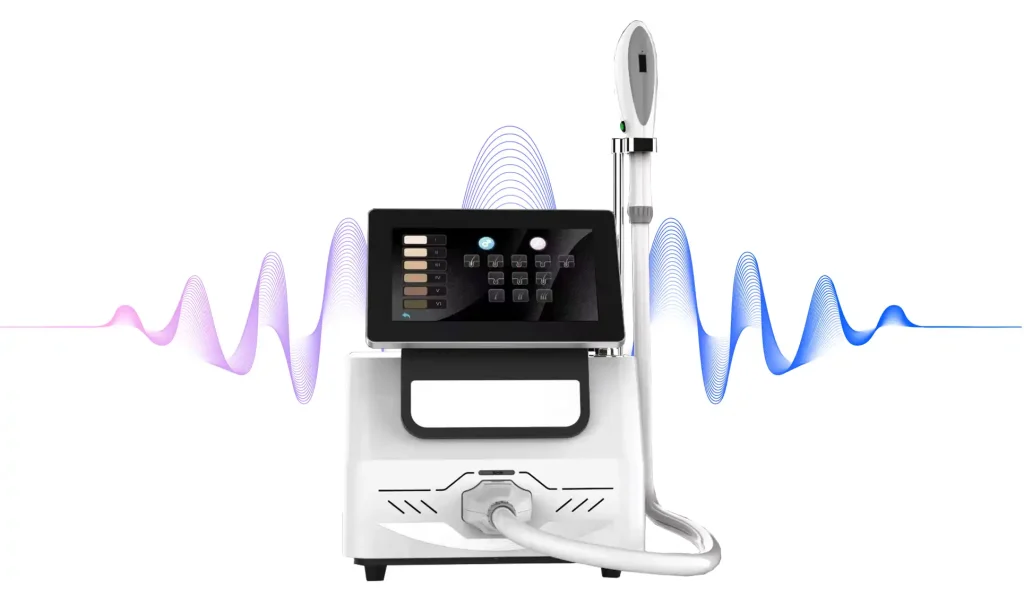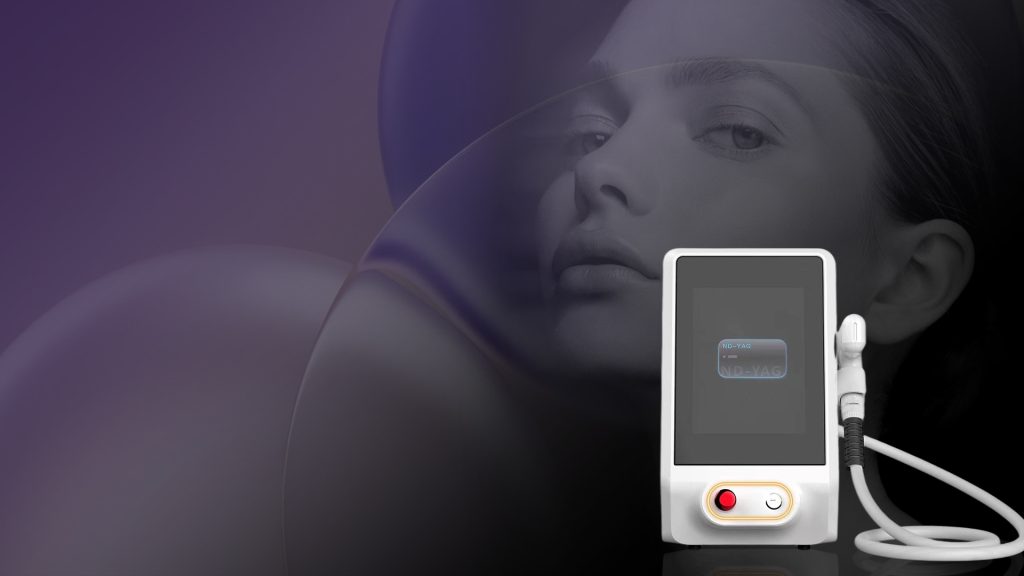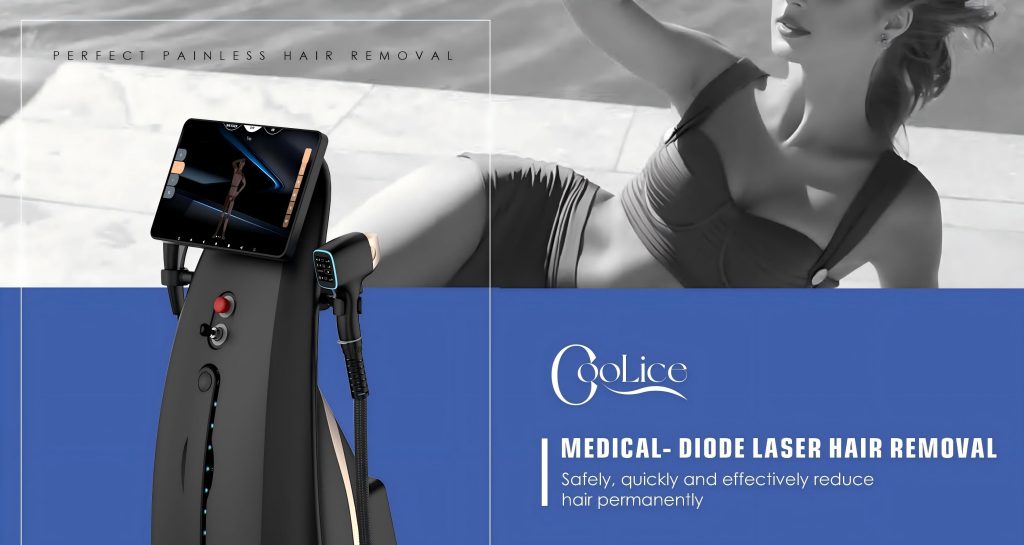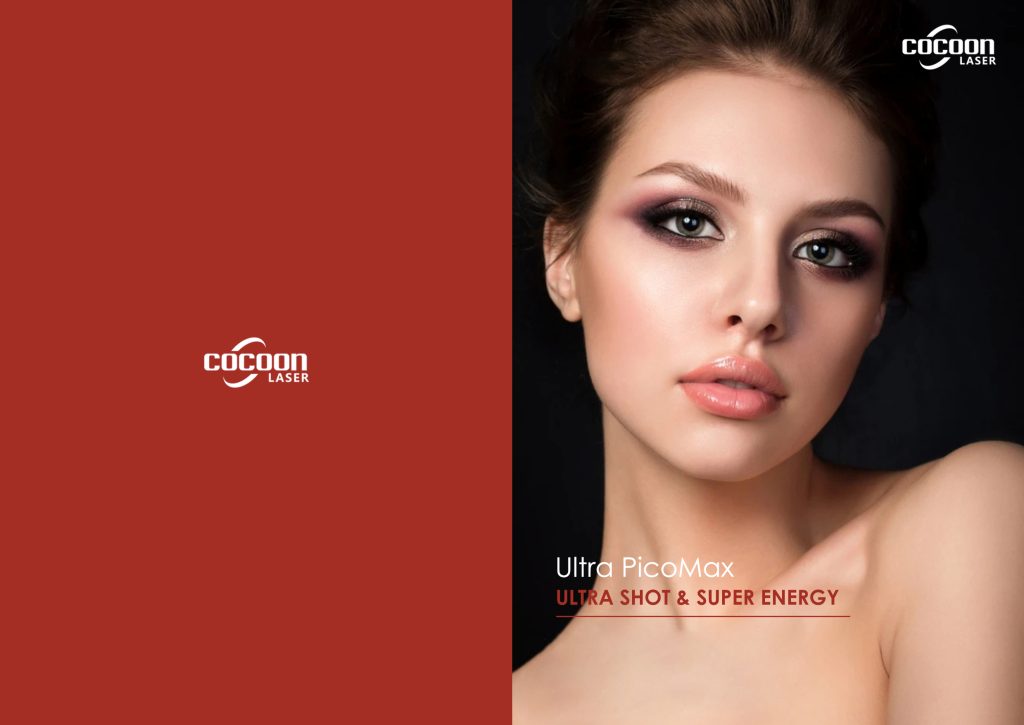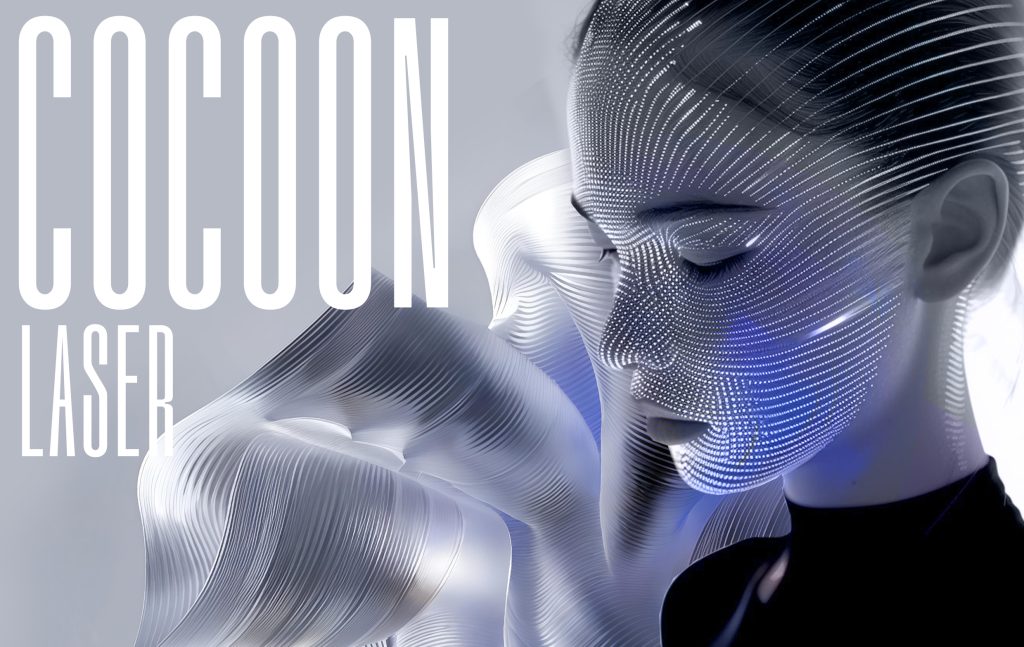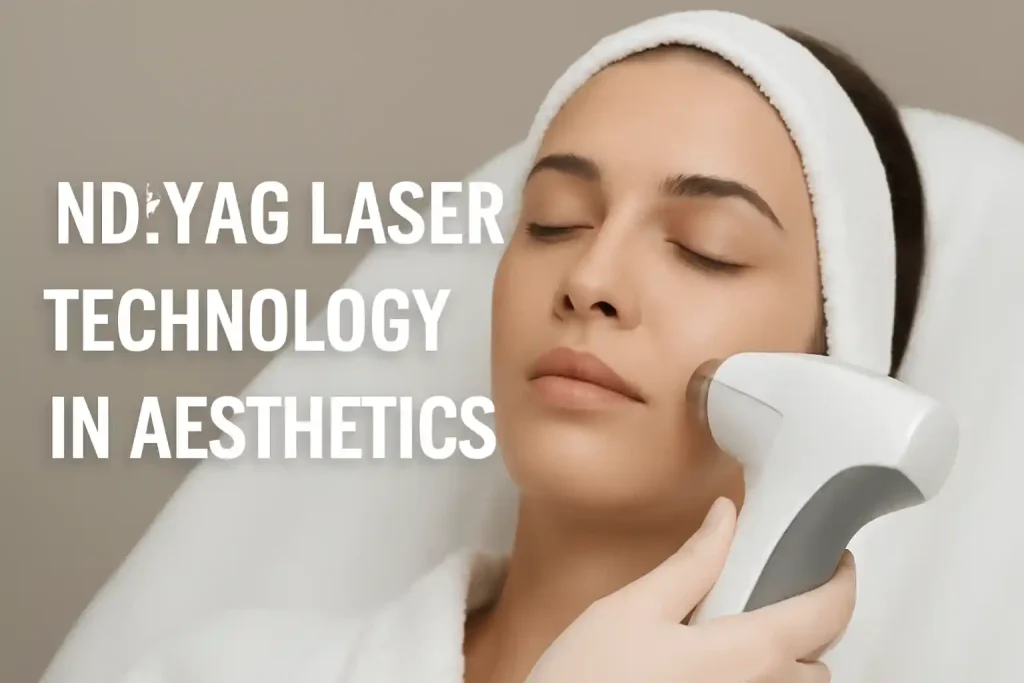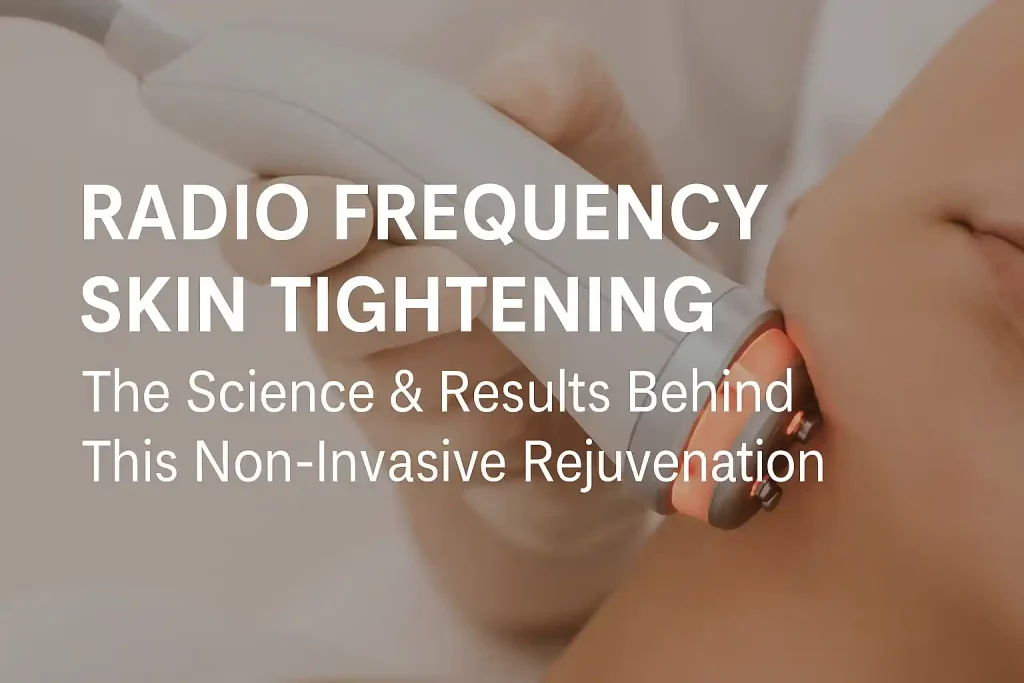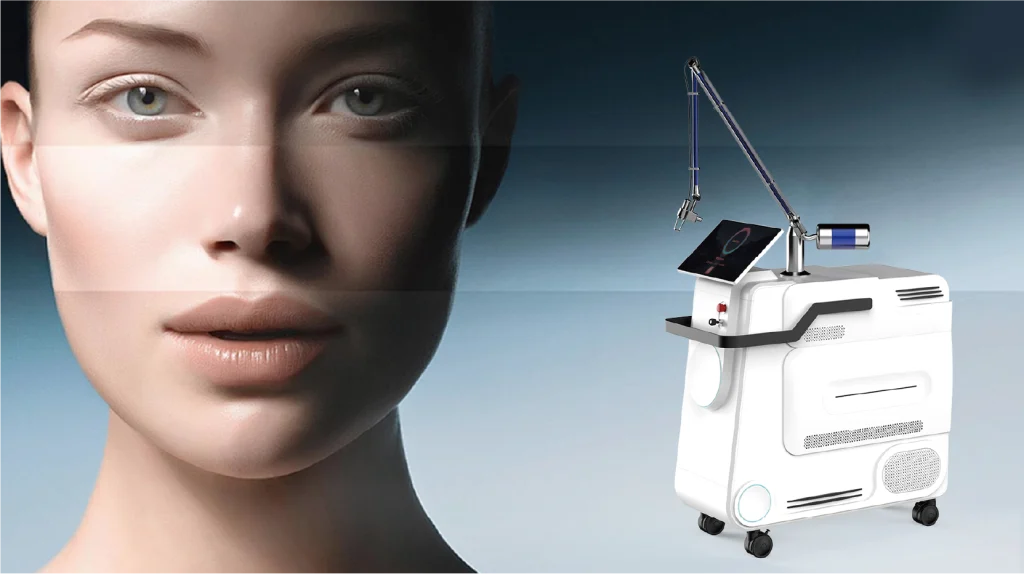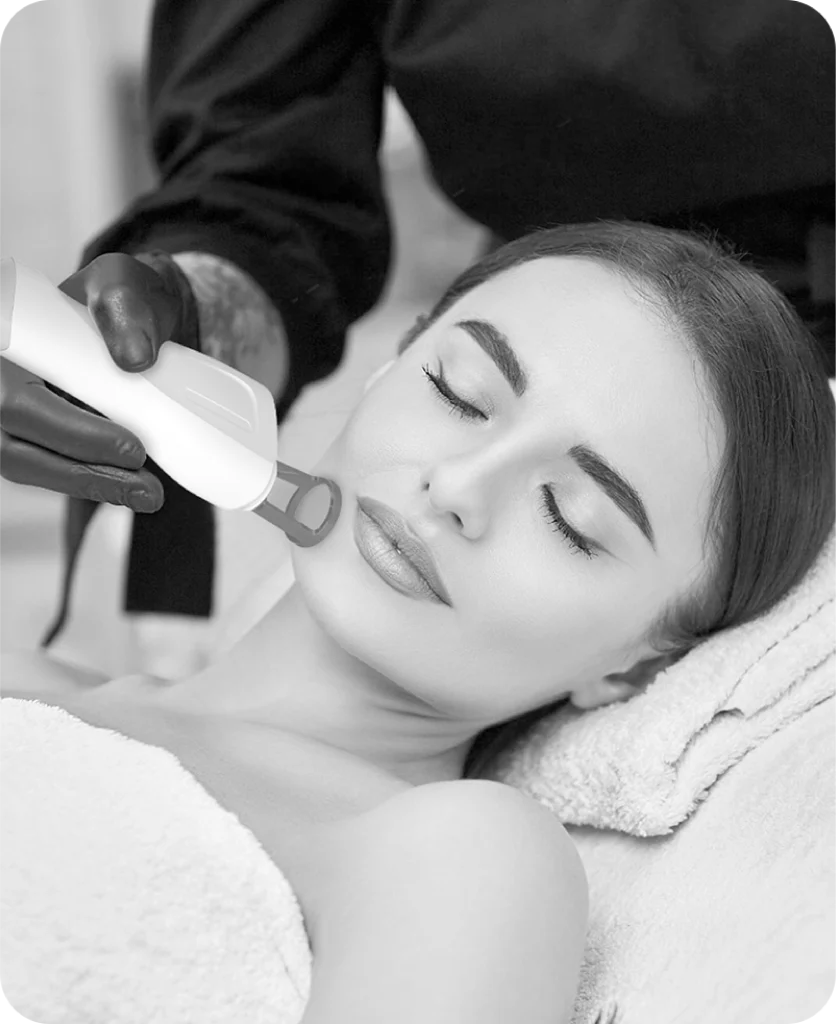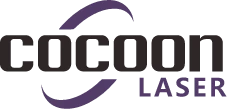How Much Do You Know About Picosecond Laser?

I.How Much Do You Know About Picosecond Laser?
“Picosecond and second are both units of time, but a picosecond is far shorter than a second. Just how fast is a picosecond laser? One picosecond equals one trillionth of a second (1 picosecond = 1/1,000,000,000,000 second). When the laser acts on the skin for a time measured in picoseconds, the comfort of treatment is greatly improved, and the skin damage caused by the procedure is significantly reduced. Simply put, previous generations of laser treatments were painful—usually requiring topical anesthesia to relieve discomfort—and easily caused redness, scarring, and pigmentation due to photothermal effects. The picosecond laser, however, reduces these adverse reactions, while its powerful energy shatters pigment particles into much finer fragments.”
——According to Mi Rong, a master’s degree holder and Deputy Director of the Logistics Support Department at Shanghai Dermatology Hospital
Currently, picosecond lasers mainly operate at three wavelengths: 532 nm, 755 nm, and 1064 nm. Each wavelength penetrates the skin to a different depth and is suitable for different treatment ranges.
- 532 nm laser: Suitable for patients with enlarged pores, mild pigmentation, freckles, or sunspots. Noticeable improvement can be observed after about four treatment sessions.
- 755 nm laser: Targets individuals with more obvious enlarged pores, mild acne scars or marks, significant pigmentation, tattoos, or generally poor skin condition. Considerable improvement is usually seen after two to three sessions.
- 1064 nm laser: Particularly effective for deep pigmentations such as acne scars, dermal pigmentation (e.g., Ota nevus, birthmarks), and red tattoos. Improvement can be seen after about two sessions, and it also has a lifting and tightening effect on the skin.
II. Differences Between Picosecond Laser and Traditional Laser
The main difference between picosecond laser and traditional laser lies in pulse duration (pulse width)—the time the pulse lasts. The pulse width of a picosecond laser is in the range of 1–1000 picoseconds (one trillionth of a second). In comparison, the pulse duration of traditional lasers exceeds one nanosecond.
Currently, the picosecond lasers certified by the National Medical Products Administration (NMPA) have the following pulse widths:
- 1064 nm / 532 nm lasers: pulse width 350–550 picoseconds.
- 755 nm laser: pulse width 550–750 picoseconds.
The shorter the pulse width, the weaker the conversion of light energy into heat, meaning almost no photothermal effect is produced. As a result, the energy does not easily diffuse into surrounding healthy tissues, and the pigment-shattering effect becomes much stronger.
1. Comparison of Pigment Particle Fragmentation
If we compare the pigment deposits in the skin to small stones, a traditional laser can break these stones into small gravel the size of mung beans. In contrast, a picosecond laser can pulverize them into fine dust. The smaller pigment particles are much easier for the body to metabolize and eliminate.
2. Comparison of Thermal Damage
Thermal damage is an important factor in laser treatment and depends on several variables, including laser power density, pulse width, repetition rate, exposure time, and skin properties. Compared with traditional laser therapy, the picosecond laser offers advantages in minimizing thermal damage.
Because the picosecond laser delivers energy in extremely short bursts, it can more precisely control heat release and diffusion, thereby reducing injury to surrounding tissues. Moreover, picosecond lasers generally operate at higher repetition rates but lower pulse energy, which helps prevent excessive accumulation of heat in the skin, further lowering the risk of thermal injury. Traditional nanosecond lasers cause greater heat diffusion to surrounding tissue due to longer pulse durations.
3. Comparison of Post-Treatment Skin Condition
Traditional lasers, having relatively longer wavelengths and pulse durations, have limited effects on collagen regeneration. Picosecond lasers, however, can stimulate collagen production during the treatment process, resulting in fairer, smoother, and more delicate skin after therapy.
III. Clinical Applications of Picosecond Laser in Dermatology
1. Hyperpigmentation Disorders
Picosecond laser is a new generation of laser technology that has been widely applied in dermatology in recent years. With its extremely short pulse duration, it effectively treats and improves various hyperpigmentation disorders, conditions caused by excess or uneven melanin production such as nevi, freckles, melasma, and light brown spots.
Traditional treatments, including laser therapy and topical agents, often yield inconsistent results and high recurrence rates. The picosecond laser, by contrast, provides more precise and efficient treatment. Its mechanism of action includes breaking down pigment particles and stimulating skin regeneration.
First, the picosecond laser’s selective photothermal effect targets melanin granules, breaking them into microscopic fragments that are then cleared away through metabolic processes. Second, it activates the skin’s self-repair mechanism, promoting collagen remodeling and regeneration, which makes the skin smoother and more even-toned.
In the treatment of melanocytic nevi, picosecond laser selectively destroys pigment-containing cells by breaking up melanin granules within them. Clinical studies have shown that picosecond laser therapy for pigmented nevi is both safe and effective, significantly reducing the surface area and color intensity of lesions.
2. Scar Treatment
Picosecond laser acts on the skin surface through its photothermal effect, softening scar tissue, stimulating local collagen regeneration and cellular remodeling, and repairing elastic and collagen fibers, thus achieving noticeable scar reduction.
3. Melasma
Currently, picosecond lasers at 1064 nm and 755 nm wavelengths are both used to treat melasma. Treatment typically involves 3–6 sessions. During melasma therapy, the output energy of the picosecond laser should be kept relatively low, and the endpoint of treatment is usually mild erythema with or without edema, but no purpura.
4. Tattoo Removal
In tattoo removal, picosecond laser uses selective photothermal and photoacoustic effects to break down tattoo pigments. The laser’s high-energy pulses cause the pigment particles to absorb heat and expand rapidly, then immediately contract as the pulse ends, producing pressure differences that fragment the pigments into tiny particles. These microscopic fragments are subsequently absorbed and cleared by the body’s lymphatic system.
For small, light-colored tattoos, 2–3 treatment sessions may suffice, while large or dark tattoos may require multiple or extended treatment courses. Compared with traditional lasers, picosecond laser tattoo removal is more effective and causes less damage to surrounding skin.
IV. Summary
Picosecond laser technology has achieved remarkable results in the treatment of hyperpigmentation disorders. It is a safe and effective therapy that leaves the skin smoother and more refined. Picosecond lasers are also widely used in tattoo removal, offering greater pigment clearance and minimal collateral damage compared to traditional laser systems.
Furthermore, picosecond laser treatment stimulates the skin’s self-repair process, promoting collagen synthesis and regeneration. After undergoing treatment, patients often find their skin firmer, smoother, and more youthful in appearance. It can also help reduce pigmentation, fine lines, and acne scars, thereby improving overall skin health and beauty.
During treatment, doctors develop personalized plans based on the patient’s skin condition and treatment goals. Multiple sessions are usually required, with the interval between sessions depending on the treated area and purpose. Mild side effects such as tingling, swelling, and redness may occur but are generally temporary.

